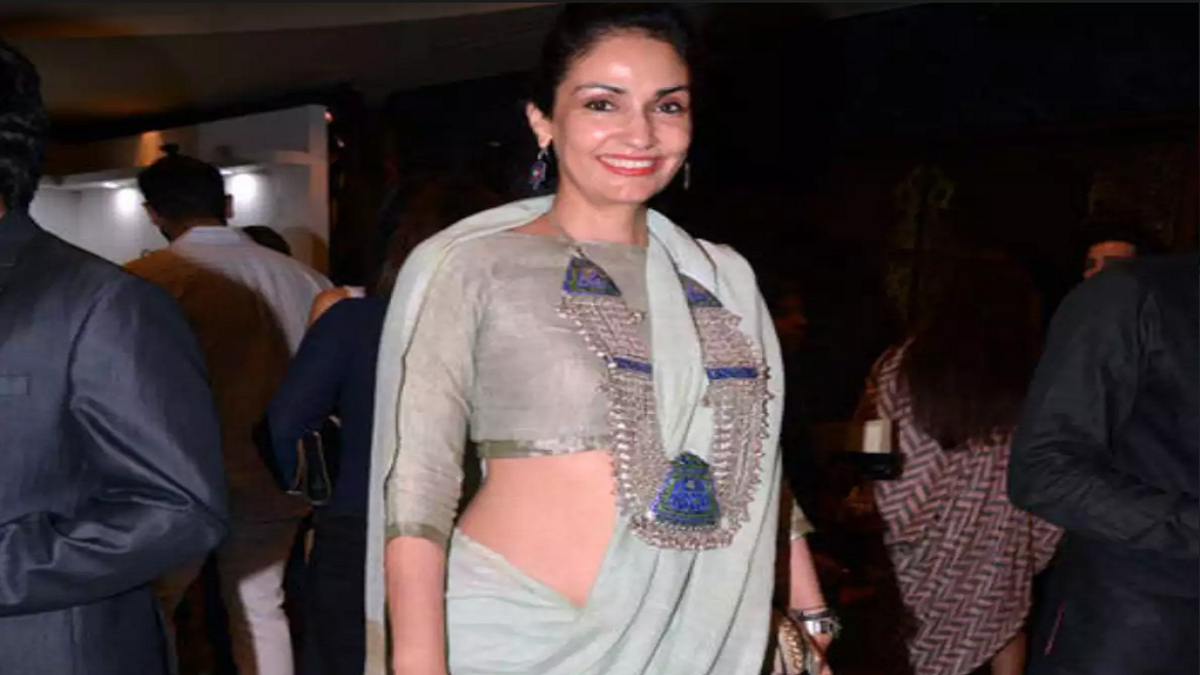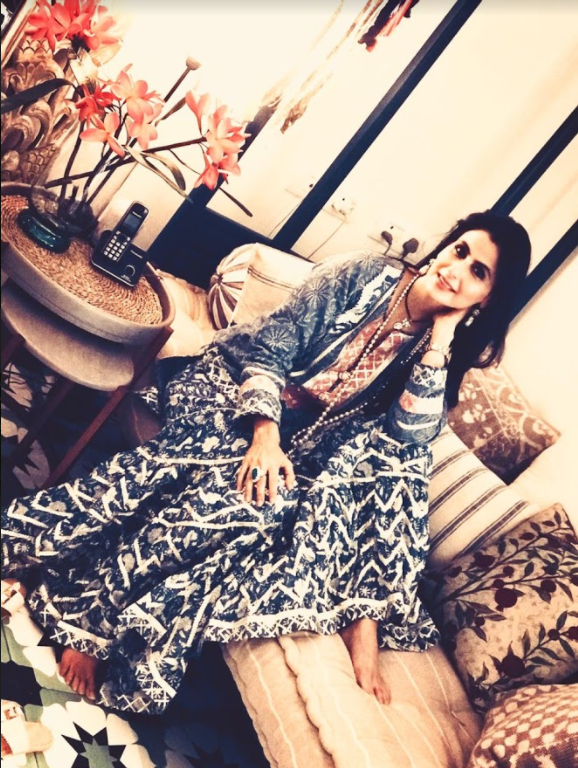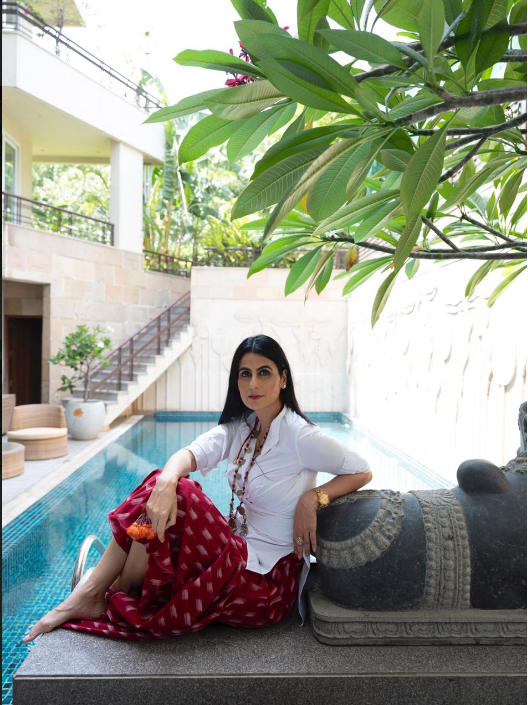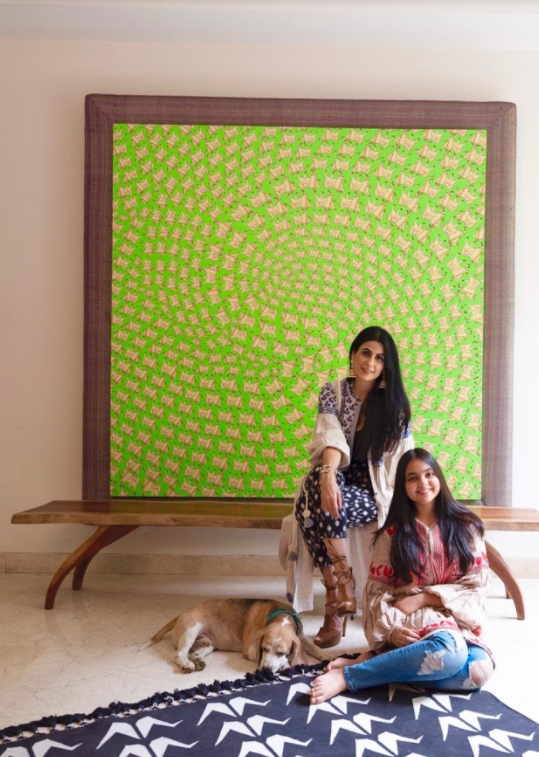
“She’s kind of a walking poem, she’s this perfect beauty… but at the same time very deep, very smart.” — Johnny Depp
Browsing through Internet today in search of a quote to define her, this is the one that popped up. Not a word from Wordsworth or another poet, but one that so perfectly defined this dream that wafted through our lives, like a cool breeze to simply fly away, at too early an age, too soon in life.
Simar Dugal — the eternal beauty within and without — to define her in one mould would be doing the greatest disservice to a woman who was first and always a mother to her dashing son, Arjan. In fact, she even walked into the world of fashion with him in tow. She was married then to Premjit Dugal (part of the Dugal family that built half of Delhi during the Raj) and was the daughter of the firebrand, Rita Sawhney, a landscape photographer who got widowed early and brought both her kids up with much resilience. The Sawhneys, amongst other things, own the Plaza cinema and Tonino, and are possibly the most respected family of Sikhs in India. Prem was equally enriched in his lineage. This sense of calm belonging is what reflected ethereally on Simar’s face. The contentment of not wanting to hustle, push or run roughshod over others.



She was cajoled into the world of fashion by good friends, whom I call the “fashion’s originals”: Mehr Jesia, her friend; Ritu Kumar, a pal to Rita; the with-it gang: Rohit Bal, Suneet Varma, whom she partied with, and patrons of finesse like Meera and Muzaffar Ali. Fashion then was an emerging animal in the world of popular culture, and a restless one at that, as it promised to overpower all other forms of expression. As a young writer then, I recall attending a concert by Pandit Jasraj one day, a play by Feisal Alkazi on another and a dance recital by Sonal Mansingh on day three — until fashion overtook everything and observers of culture were made to write on fashion first.
Simar’s debut made the world sit up. The only other time I recall being awed instantly was when I had heard Shubha Mudgal at her debut concert. Seeing Simar walking down the ramp was as spiritual. In the words of Meera Ali, “It was around 1993-94 when Mehr Jesia told Muzaffar and me, ‘I’ve found the perfect face for Kotwara’.” And sure enough, the face was perfect and beautiful, reflecting an inner peace. The face was Simar Dugal’s, the statuesque new model who did her first ramp show with us at the Crafts Museum in Delhi, choreographed by Mehr. “We were around the same age and her son, Arjan, was a couple of months younger than my daughter, Sama. We worked together many many times over the years,” reminisces Meera.
Those were the days when models looked like themselves and not as clones of each other. There was Madhu Sapre, Ruchi Malhotra, Nayanika Chatterjee, Aparna Sharma, Mehr Jesia, Aishwarya Rai, Bipasha Bas — all of them walking the ramp and then hanging out together. However, the most haunting face among all of them was that of Simar Dugal’s.
Her beauty was eternal. A dear friend who met her two days before she passed shares, “I met her as she sat on a wheelchair, in a kaftan, waif-like but beautiful. There was not a blemish on that porcelain skin.” Yes, her end was calm, surrounded, as she always was, with friends and family — with her soulmate, Rajeet Nabha, proving that true love still existed, and her best friend, Radhika Kapoor, at her bedside. “Sim was in my DNA. I don’t know how I will live now. Whatever she designed, she made me model first. She was like my daughter’s second mother,” she shares. Married into the family known for Hitkari Potteries, and being a great jewellery designer herself, the beautiful Radhika was by Simar’s side right through her treatment in the US and ever after. Radhika never left her side. It was cancer that took her away, spreading from the pancreas to the liver. Simar reigned supreme on the ramp for years. Not only on the ramp but also in fashion editorial shoots. She was perfect for the era when ‘truly Indian’ designed reigned. Although for pal, Suneet, she shot a few gownesque photos. His obituary for her says, “My delicate white rose wilted this morning — but the memories of her beauty will forever remain in my heart.” Adding to that, Rohit Bal says: “Uncountable memories of moments filled with joy, laughter, love, caring… memories of her beauty, elegance, charm and caring. It leaves the heart singing a slow and sombre song of sorrow. Her grace, gentle, affectionate embraces of pure friendship. And her struggle, her spirit of being the ultimate warrior… leaves us only with tears of loss.”
Equally devastated is Ritu Kumar whom she shot with on many occasions and also posed as her muse for the famed book on royal costumes penned by her. She shares, “I have known the family for a long time, from my childhood in Amritsar where they lived. Initially, they were conservative and wary of her desire to become a model. Her first assignment was a rather naive shoot at our showroom, when she was in her teens. Subsequently, Simar moved on to become one of the most known faces on the Indian ramp and was a muse for many design houses. She was special to me, and modelled for my book The Costumes and Textiles of Royal India, as well as for a dozen or more ‘Tree of Life’ shows that we did, telling the story of Indian crafts. We all travelled all over the world and she was particularly interested in history and content. On the ramp, she brought to the table a grace, attitude and intelligence as well as beauty which was all her own and rare in the world of fashion. Her body language told a story which conveyed much more than the clothes she wore. She was highly intelligent, a wonderful human being and a friend as we both shared a love for textiles.”
It was this zen for design that got her to dabble in art. In this field as well she went towards the contemporary masters: George Martin, Binoy Verghese, Pratul Dash and Laxma Goud. Binoy recalls, “She was a goddess. She had such an eye for art. In an instant, she knew. ‘Binoy this is a good piece,’ she would say.”
Her role as a designer was her true swan song, and it was one that reverberated with the same richness and sense of the pristine. This beauty took the silhouette of the Kashmiri phiran to a new high, adding to it the sherara, the farshi and the gorgeous craft of gotapatti and other forms of applique. “Simar Dugal”, the brand got worn by the film industry’s front runners, was included in every trousseau, and became part of every young girl’s Indian look. Shares the famed merchandiser Gurleen Mehta, who promoted her in Evolutione, “It was as if a dam had burst and a volcano of design was erupting. She had such a distinct design language. So unique, that every bride wanted to buy it, hands down.” Just back after witnessing her final moments, she adds, “It’s incredible how beautiful she looked even on her last journey.”
She was a good soul, and for everyone who knew her, including me, a pal who I could connect with on many grounds. I am convinced someone like her will never ever walk the ramp again.